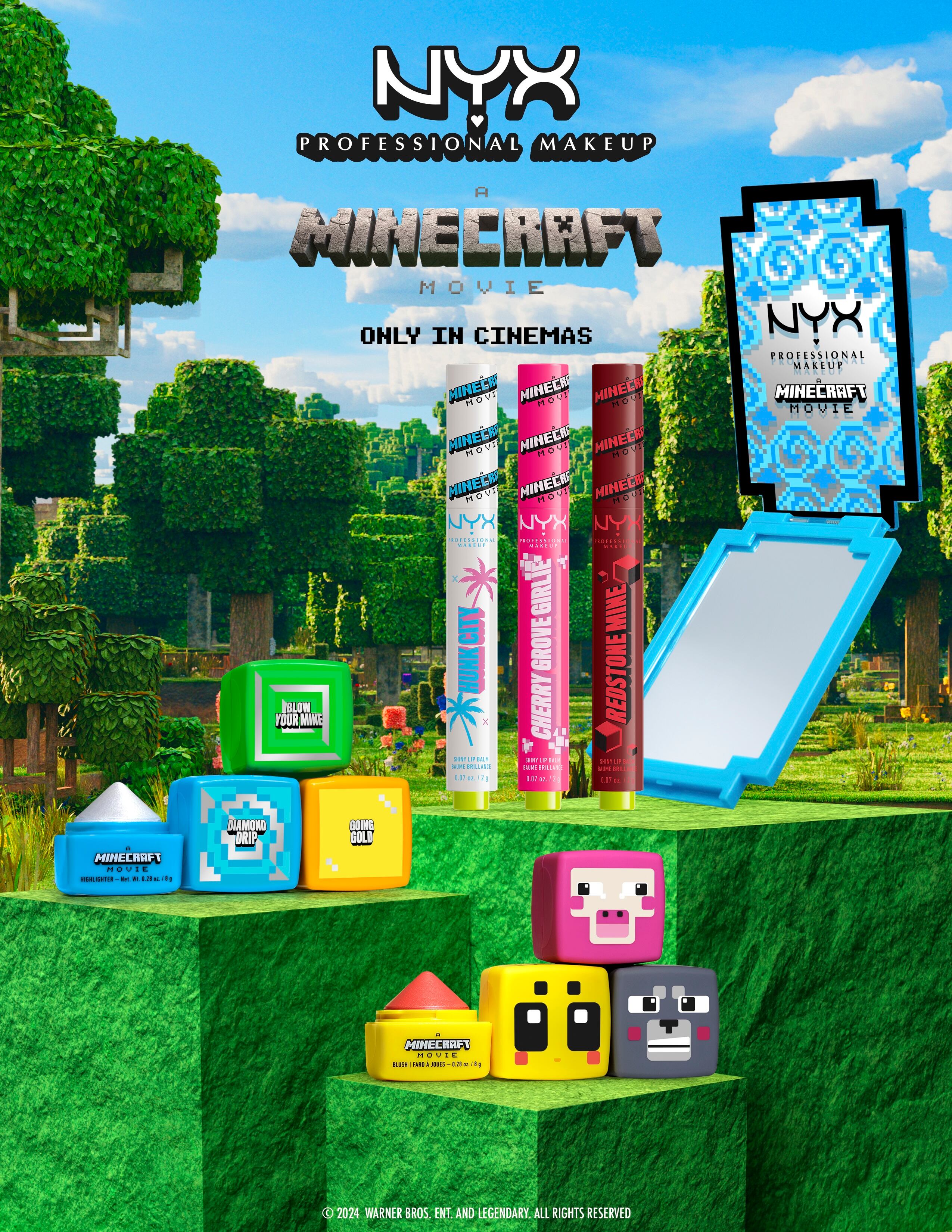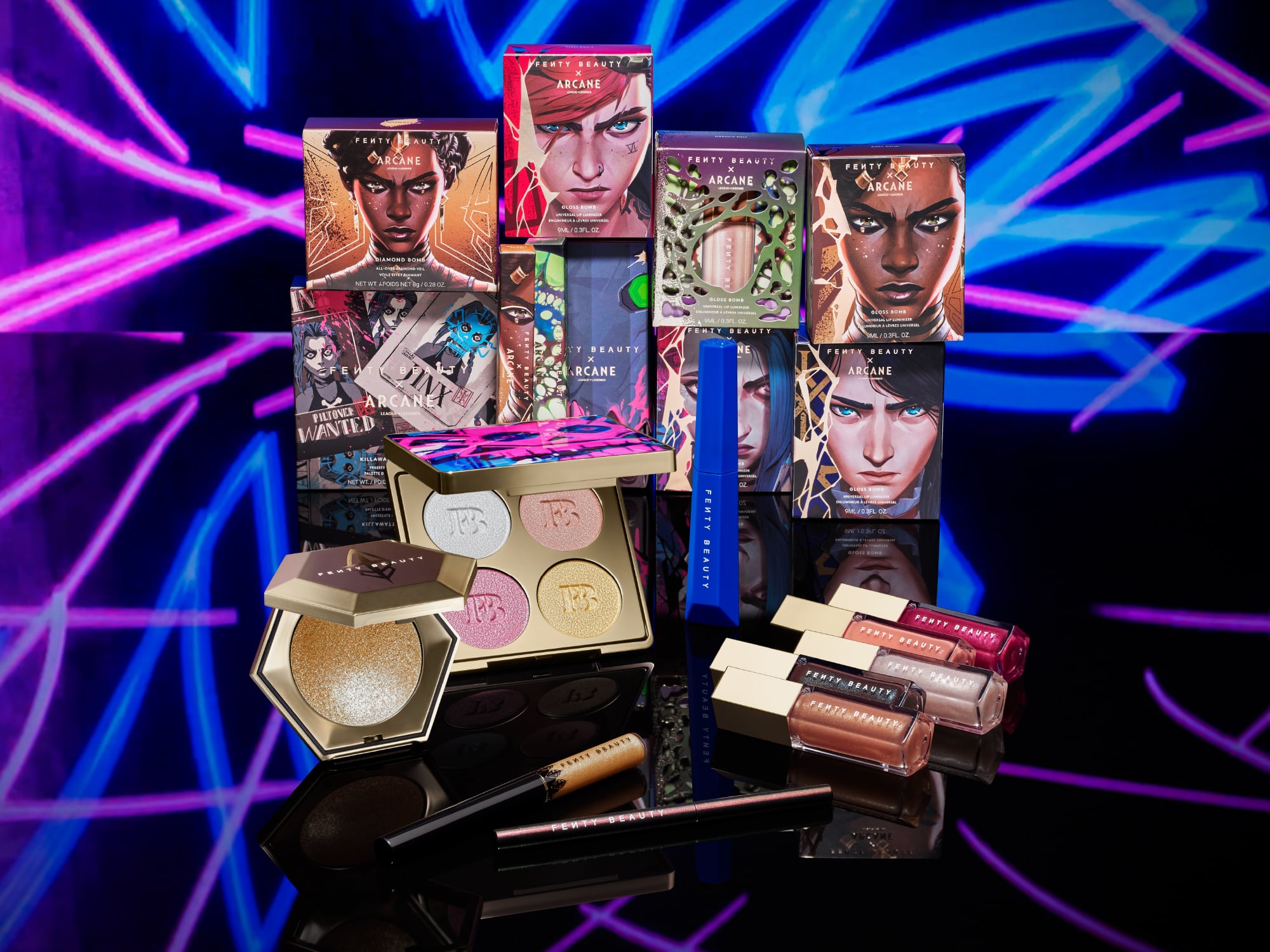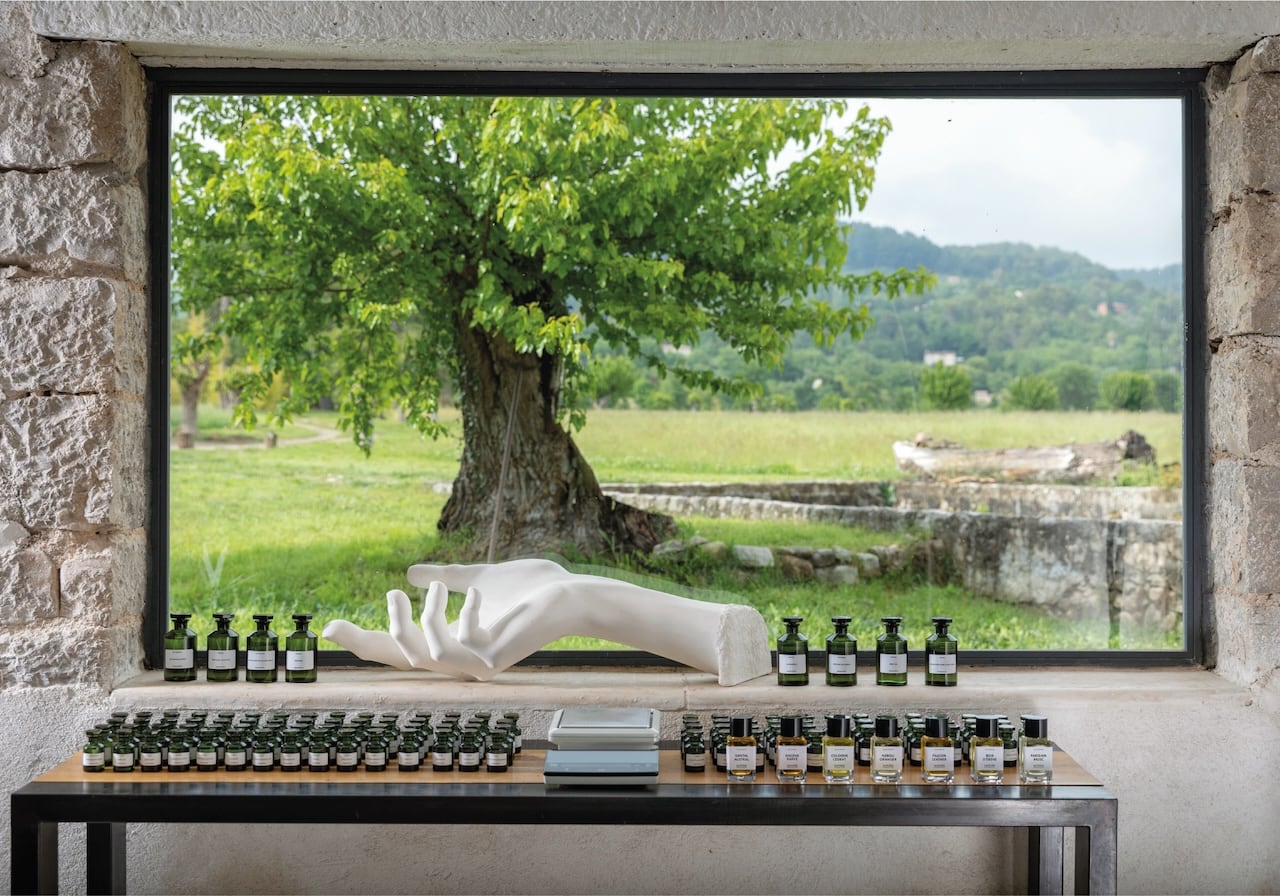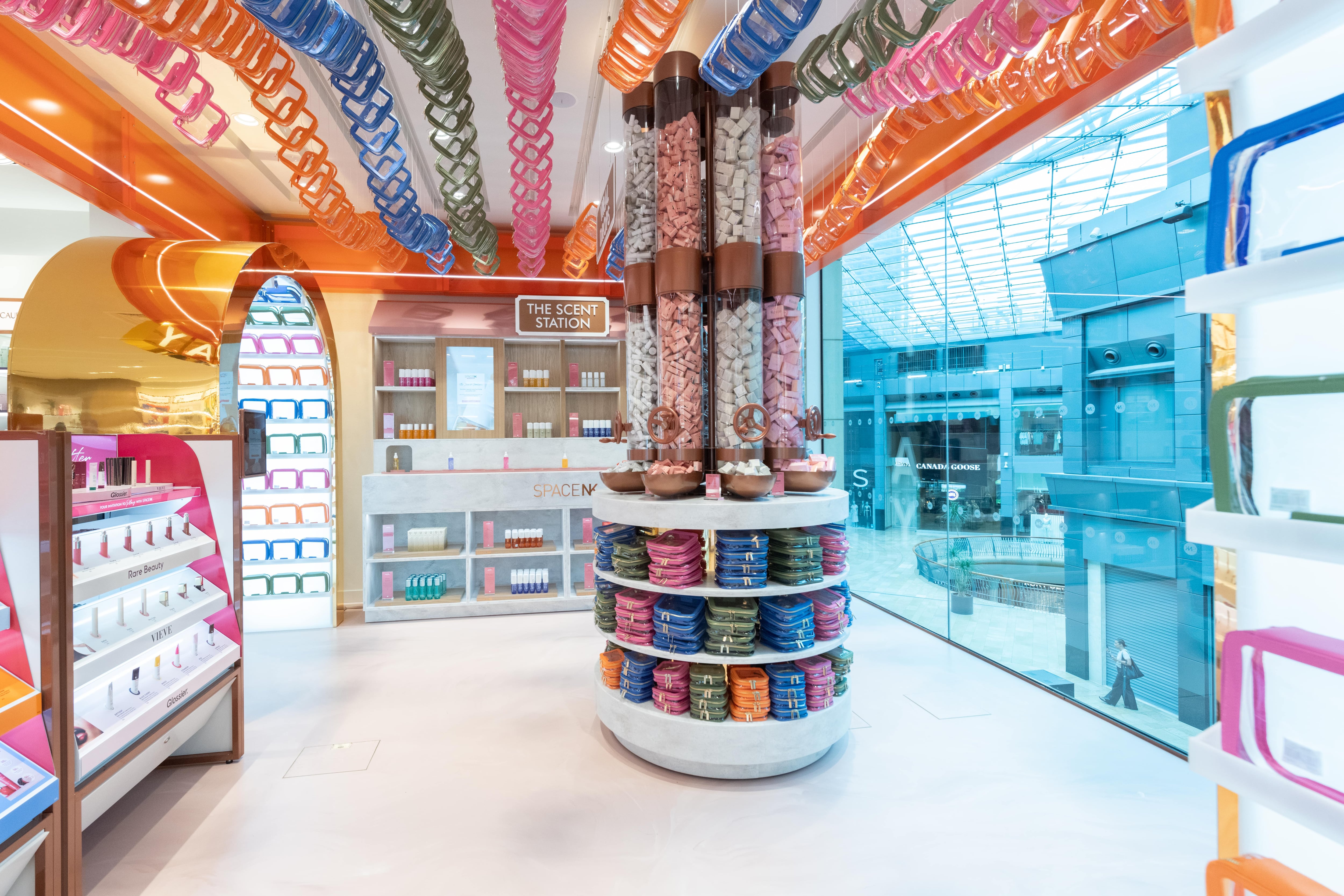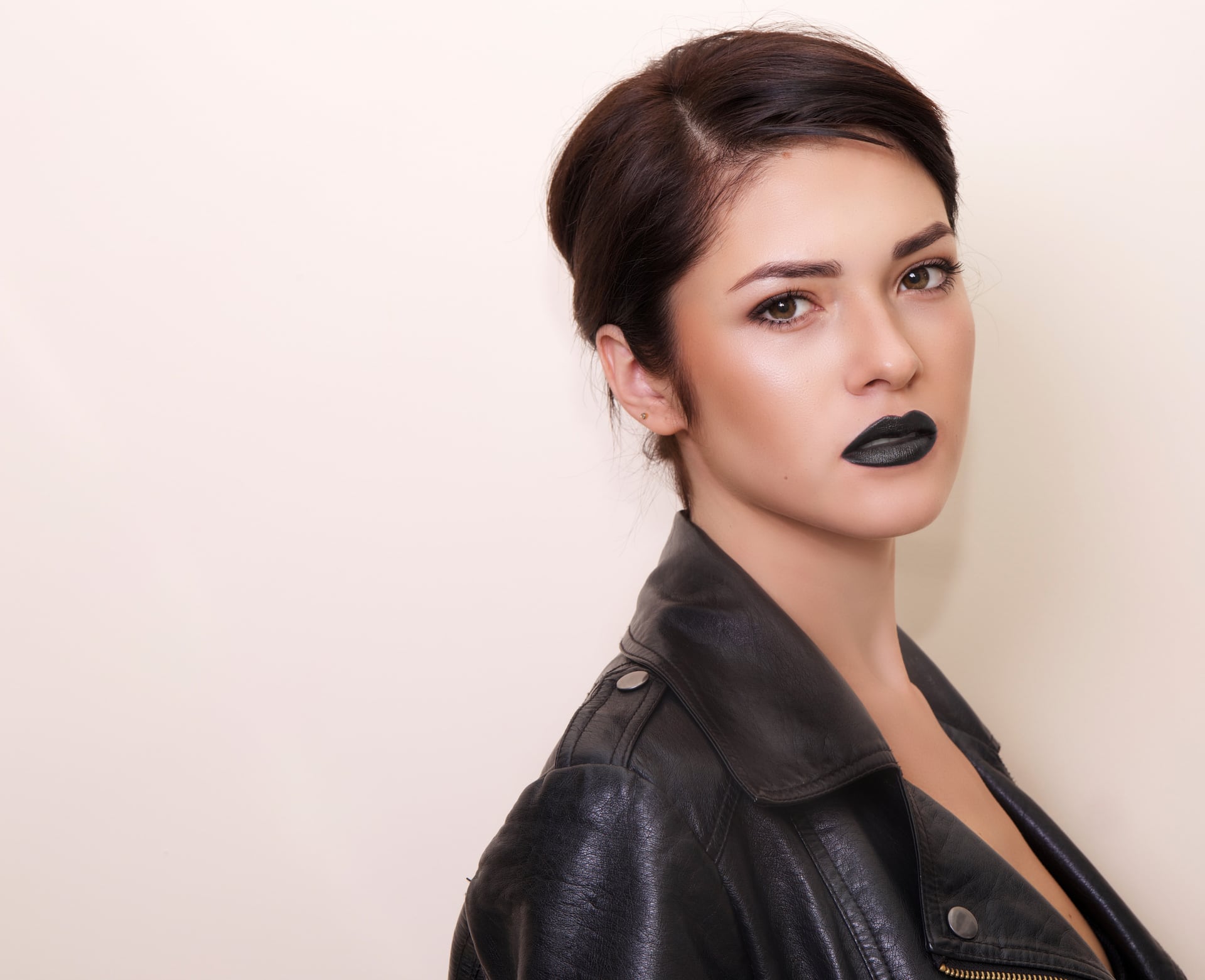Key takeaways
- Brand licensing is a powerful tool for cosmetics companies to drive excitement, differentiation and revenue.
- Collaborations are increasingly shaped by fandom, nostalgia, and social media influence.
- Entertainment, gaming and unexpected partnerships are trending in beauty licensing.
- Health & beauty licensing is growing faster than the broader retail market.
One beauty trend that has stood the test of time for many decades is the collaboration. Indeed, when it comes to selling products and raising excitement for a new launch, two brands are better than one.
As we witness a surge of beauty brand collabs, we ask an expert why these kinds of collabs are so successful and what’s currently trending in this space.
Why licensing is a natural fit for cosmetics brands
According to Laura Freedman-Dagg, who is head of retail at Brand Licensing Europe, licensing in cosmetics is a natural success story because of the sense of identity that links so closely to fandom.
“Consumers want to express their love for brands they’re fans of, and if that’s done in a creative, colourful way – or with a story or attitude attached – it can be a strong proposition at retail,” she said.
Beauty collabs often take the form of an entertainment brand partnering with a cosmetics manufacturer to create an exciting new offer.
One recent example Freedman-Dagg shared was UK-based cosmetics brand Mad Beauty, which formed a long-term licensing partnership with Warner Bros to develop a Harry Potter-inspired line of bath & body and beauty gift items, set to debut this autumn.
This is just the tip of the iceberg. From Katseye’s Lip Glaze collab with Glossier, to Fenty Beauty’s cosmetics range dedicated to Smurfette, to Pat McGrath’s partnership with Candy Crush Saga, to both skincare brand Dr PawPaw and personal care brand Wild’s collabs with the children’s book hero Paddington Bear, these partnerships are a winning formula.
Cofounder of Dr PawPaw Johnny Paterson noted in a LinkedIn post that his brand’s recent collaboration “has captured the hearts of both long-standing fans and new customers alike.”
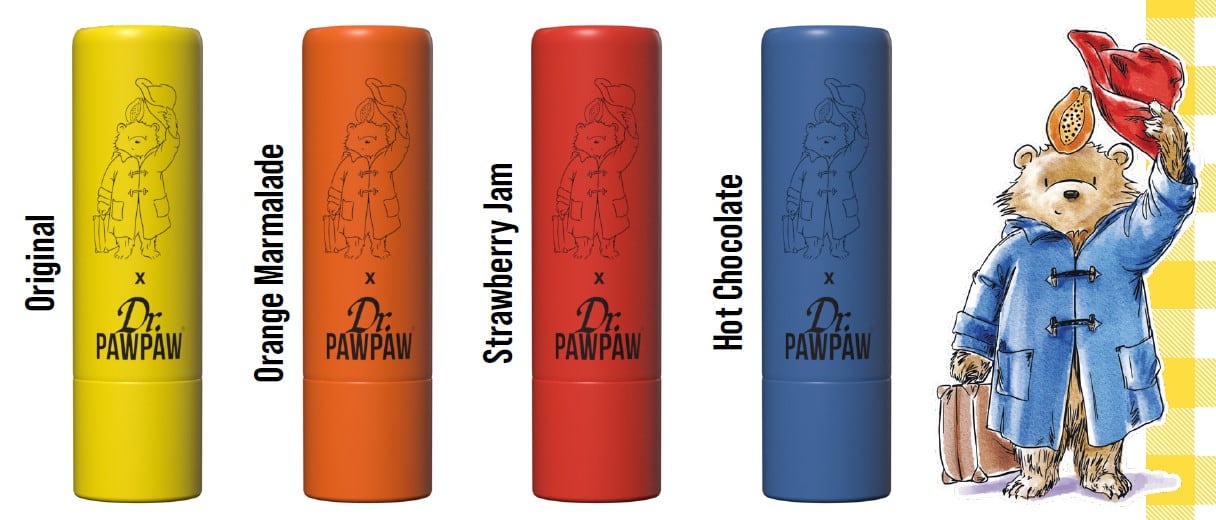
Freedman-Dagg pointed out that these partnerships can also stem from brands venturing into new product categories. “A good example is Spanish hand sanitiser brand Touchland, who partnered with Crocs for a line of custom carrying cases,” she explained.
How social media and fandom are shaping beauty collabs
Social media has also been key in driving this trend, particularly TikTok and Instagram, which have been instrumental in making it easy for brands big and small to share reviews, tutorials, influencer endorsements and sell through in-app shopping.
With so many collabs hitting the market and younger consumers holding different values to older generations – authenticity, personalisation, fandom, sustainability, DEI, social responsibility – brand collabs must prioritise these when creating products, and we’re seeing this reflected in many collabs hitting the market.
Brand loyalty in the beauty space is hard to secure and maintain, and these kinds of brand licensing and collaborations give brands, manufacturers and retailers differentiation. It’s “a chance to stay relevant, to refresh product lines and retailer relationships, and to reach new audiences to increase awareness, revenues and profit margins,” said Freedman-Dagg.
And it works. As Freedman-Dagg pointed out that in 2024, the global licensing industry was valued by trade association Licensing International at $369.6bn – up 3.7% year-on-year and outperforming the broader global retail market yet again.
Within this, “the health & beauty licensed product category rose in value by 6.3%. 40% of brand owners in the License Global Top Global Licensors 2025 whitepaper also claimed health & beauty is an important strategic category for licensing out in the next 18–24 months,” she shared.
Many of these kinds of licensing collabs are kick-started each year at Brand Licensing Europe, which takes place between 7–9 October 2025 at Excel London.
Here, exhibiting brands from entertainment, lifestyle, sport and more will be looking to partner with beauty leaders such as L’Oréal, Procter & Gamble, Estée Lauder Companies, Johnson & Johnson, Revolution Beauty, LUSH, Mad Beauty, Wild Cosmetics, Beauty Bay, Boots and Superdrug.
Freedman-Dagg added that this works both ways and often beauty brands exhibit with licensing agents – hoping to find partners to help them expand beyond the beauty category. “This year, they include the likes of Jergens, Hawaiian Tropic, Schick and Skintimate, Herbal Essences, Olay, SK-II, Pantene, Old Spice, Braun and Gillette,” she shared.
Top trends driving brand licensing in beauty today
Freedman-Dagg pinpointed several key drivers behind trends in this space.
Nostalgia
We’ve recently seen multiple Paddington collaborations, from Jo Malone London, to Wild, to Dr PawPaw, as well as Harry Potter and the Smurfs.
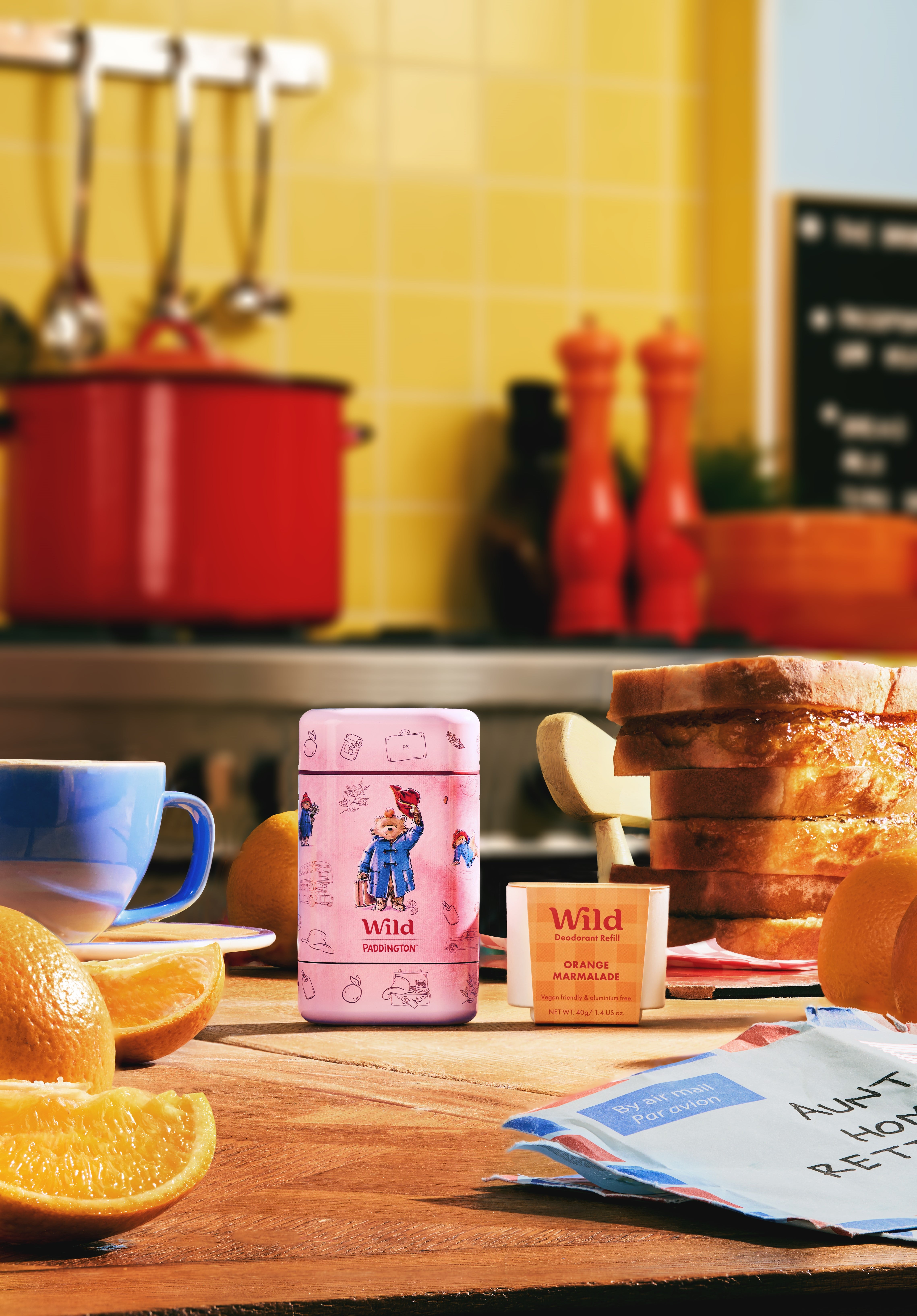
For Freedman-Dagg, another iconic film is next on the list. “I’m really interested to see what Disney will do with The Devil Wears Prada 2, which is slated for next May and lends itself perfectly to a beauty collab,” she said, adding that “2026 is also the 20th anniversary of the first movie release, so loads of potential for hitting multiple generations of fans.”
Unexpected collaborations
“Percy Pig x PawPaw fits nicely into this category,” said Freedman-Dagg. She also highlighted Charlotte Tilbury x F1 – Charlotte Tilbury sponsored the F1 Academy for the first time to support female drivers. And the Holler and Glow x Panera Bread, which led to a limited edition S’Mac and Cheese Lip Balm.
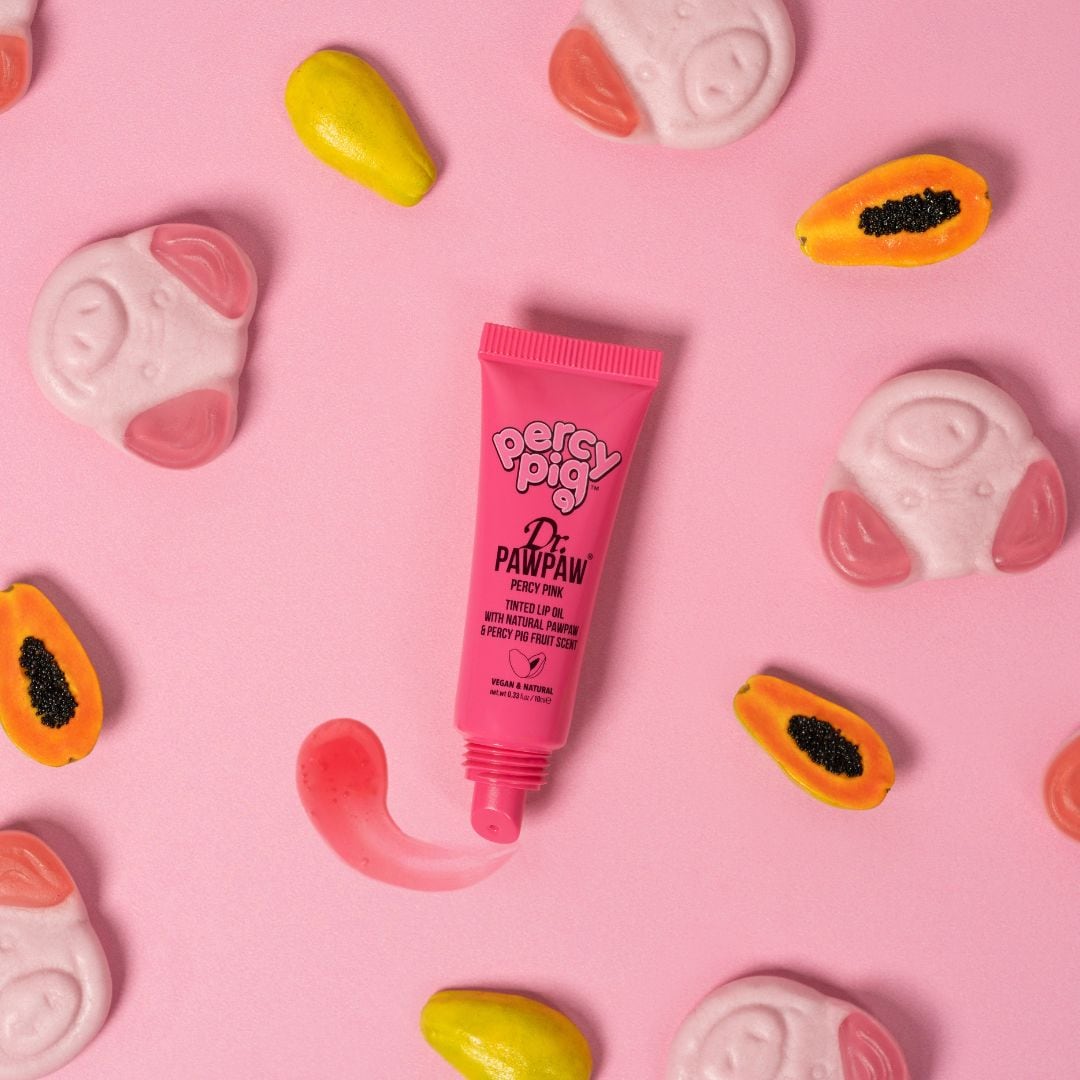
“Another very recent example is the Squishmallows x SNAPBRANDS collab: a limited-edition range of eyeshadows, lip glosses, blush sticks, cosmetic accessories and more, designed to inspire joy and self-expression,” she said.
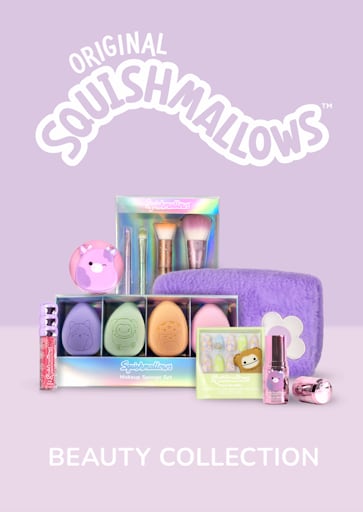
Another area she’s watching is collabs around the upcoming Wicked: For Good (essentially Wicked part 2) film, which will be released in time for Christmas.
“The first Wicked movie, which also came out around Thanksgiving last year, partnered with several beauty brands including Wella haircare, Beekman 1802, IT Cosmetics makeup brushes and Claire’s makeup,” she said.
Gaming collaborations
“The power of gaming IPs results in a passionate, hungry fanbase,” explained Freedman-Dagg. “That hunger has allowed video game IP to continue to grow in the licensing industry as a key player.”
She highlighted collaborations like Arcane x Fenty Beauty and Minecraft x NYX Beauty, adding that the latter was “a very smart move when you consider Minecraft has 200m+ active players and around 40% are female” and that this collab also tapped into the male makeup movement.
